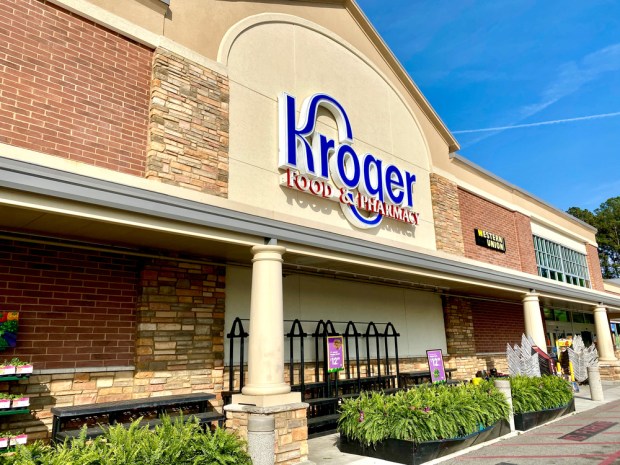Kroger: Shoppers Continue to Seek Discounts as Inflation Concerns Decline

Grocery shoppers’ anxieties around food price inflation may be easing somewhat, but they continue to pinch pennies wherever possible.
In an interview with PYMNTS, Barbara Connors, vice president, strategy and acceleration at 84.51°, Kroger’s retail data science, insights and media company, spoke to how consumers’ grocery shopping habits remain affected by inflation even as concerns subside.
“Shopper behaviors that have been adopted over the last year and a half during the inflationary environment are going to linger,” Connors said. “As we see inflation cool, we’re not going to see an immediate drop in using coupons, in looking for deals, in looking for value. A lot of those behaviors [are] fiscally responsible behaviors that shoppers have now learned as a way that they can save money and still get the products that they want.”
Connors explained that while the share of consumers highly concerned with inflation has been dipping slowly over the past several months (from 67% in February to 64% in May), consumers continue to look for deals as much as ever and to switch to lower-cost brands.
Plus, PYMNTS’ March report, “Consumer Inflation Sentiment: The False Appeal of Deal-Chasing Consumers,” for which we surveyed more than 2,100 United States consumers in February, revealed that 44% of grocery shoppers are deal chasers, willing to go wherever they will get the best price. Plus, Connors noted that 84.51° has seen more than two-thirds of consumers seeking deals at the grocery store.
Notably, one area where grocery shoppers’ inflation-related habit changes have eased up somewhat is in terms of cutting back on nonessential items — some consumers are beginning once again to purchase up their favorite treats and indulgences as their anxieties around price increases abate.
“Cutting back on nonessential items is the one top inflationary behavior that we’ve seen on this slow, steady decline as we’ve seen inflation cool,” Connors said. “So as inflation starts to cool, we see that categories around impulse and indulgence are areas where customers can start to add them back into their basket again, because they’ve got a little more of that disposable income available for their groceries.”
Research from the latest installment of PYMNTS’ Consumer Inflation Sentiment series, “Consumer Inflation Sentiment Report: Consumers Cut Back by Trading Down,” which drew from an April survey of more than 2,000 U.S. consumers, 57% of consumers have cut down on nonessential grocery spending, a decline from 60% over the summer.
As restaurant inflation has surpassed grocery, and as year-over-year grocery inflation has dipped from the double digits to around 7%, concern among grocery shoppers may be dipping, but Connors notes that it is unclear “how quickly consumer sentiment will translate into actual behaviors,” with many continuing to be conservative in their spending.
On the flip side, in terms of how immediately consumers’ shopping habits were initially affected by the inflationary environment, Connors observes that the shifts were “actually pretty quick.”
Looking ahead, in observing how inflation is affecting consumers’ habits in terms of grocery versus restaurant, Connors is keeping an eye on Father’s Day and other summer holidays as a litmus test.
“The top way that people say that they’re going to celebrate Father’s Day is having a special meal,” she explained. “How they choose to buy and consume that special meal will be an important indicator going forward of how people will … think about their mix overall of food away from home and at home.”
